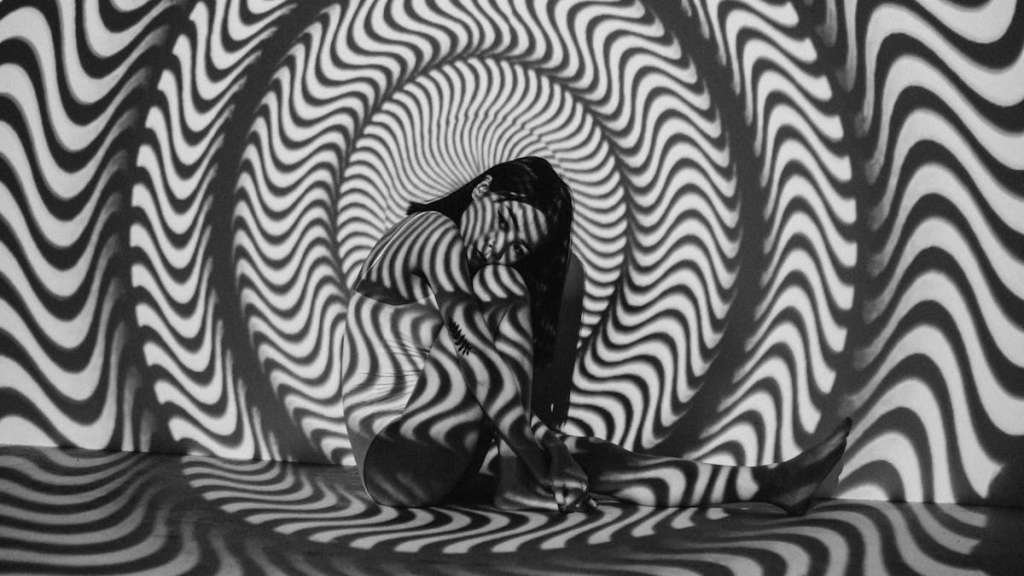
Step into the mesmerizing world of psychedelic visuals and patterns, where artistry and imagination collide to create mind-bending experiences. The intriguing combination of colors, shapes, and movements in psychedelic art takes viewers on a journey through the depths of creativity and expression.
Main Points:
- Psychedelic visuals and patterns transport viewers to a surreal realm of vibrant colors and intricate designs.
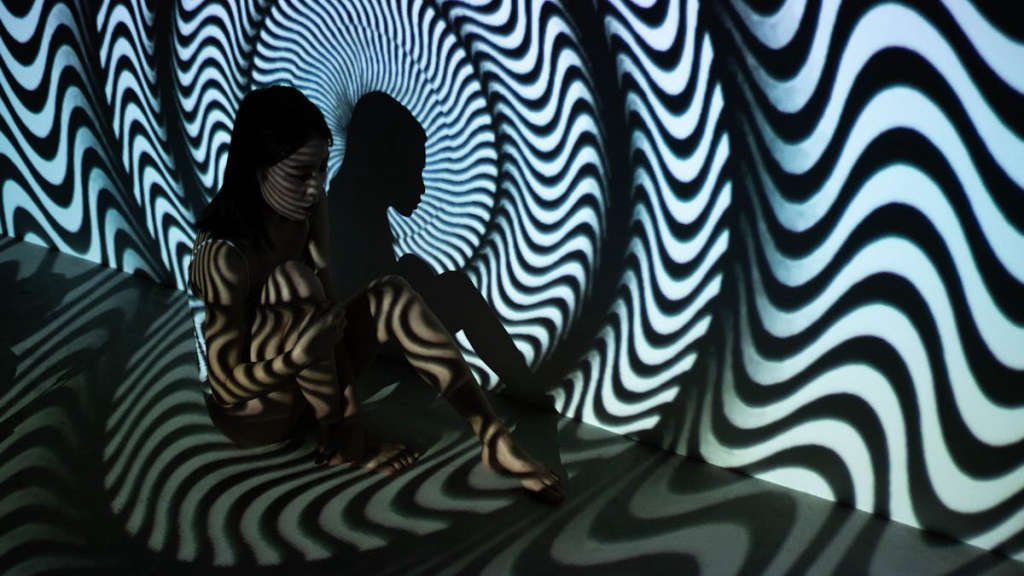
The Origins of Psychedelic Art: Tracing Back to Ancient Cultures
Psychedelic art has a rich history that can be traced back to ancient cultures from around the world. These cultures used various techniques and symbols in their art to create mesmerizing and mind-altering visuals. Let’s take a closer look at some of the origins of psychedelic art:
Ancient Egypt
Ancient Egyptians were known for their intricate hieroglyphics and vivid murals that depicted scenes from daily life, mythology, and spirituality. These artworks often featured bold colors and abstract patterns, some of which have been compared to modern psychedelic art.
Native American Art
Native American tribes, such as the Huichol people of Mexico, have a long history of creating psychedelic art through the use of peyote and other hallucinogenic plants. Their art often incorporates intricate geometric patterns and vibrant colors, reflecting their spiritual beliefs and connection to the natural world.
Indigenous Australian Art
Indigenous Australians have a rich tradition of creating psychedelic art in the form of intricate dot paintings and symbols. These artworks often tell stories of creation, the Dreamtime, and cultural myths, utilizing symbolism and patterns that can induce altered states of consciousness.
Conclusion
By looking back at the art of ancient cultures, we can see the roots of psychedelic art and how it has evolved over time. The use of symbols, patterns, and colors to create otherworldly and transcendent visuals is a practice that has been passed down through generations, continuing to inspire artists today.
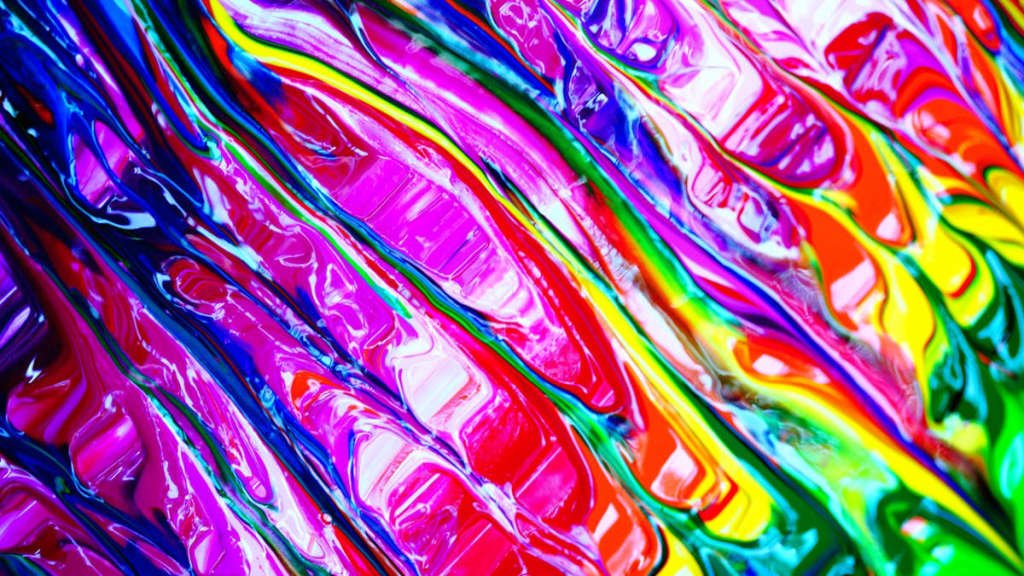
Evolution of Psychedelic Visuals in Contemporary Art
In recent years, there has been a resurgence of interest in psychedelic visuals in contemporary art. Artists are exploring new ways to capture the essence of altered states of consciousness through vibrant colors, intricate patterns, and surreal imagery.
One of the key elements in the evolution of psychedelic visuals is the use of technology. Digital tools allow artists to create intricate and mesmerizing designs that were not possible before. This fusion of traditional techniques with modern technology has led to a new wave of psychedelic art that pushes boundaries and challenges the viewer’s perception.
The Influence of Psychedelia on Contemporary Art
The psychedelic movement of the 1960s had a profound impact on contemporary art. Artists such as Andy Warhol, Yayoi Kusama, and Alex Grey embraced the psychedelic aesthetic and brought it into the mainstream art world.
| Artist | Style |
|---|---|
| Andy Warhol | Pop Art |
| Yayoi Kusama | Polka Dot |
| Alex Grey | Visionary Art |
The Future of Psychedelic Visuals
As technology continues to advance, artists will have even more tools at their disposal to create immersive and mind-bending psychedelic visuals. Virtual reality, augmented reality, and artificial intelligence are just a few of the technologies that will shape the future of psychedelic art.
With a growing interest in consciousness exploration and spirituality, psychedelic visuals will continue to play a significant role in contemporary art, pushing boundaries and inviting viewers to expand their perception of reality.
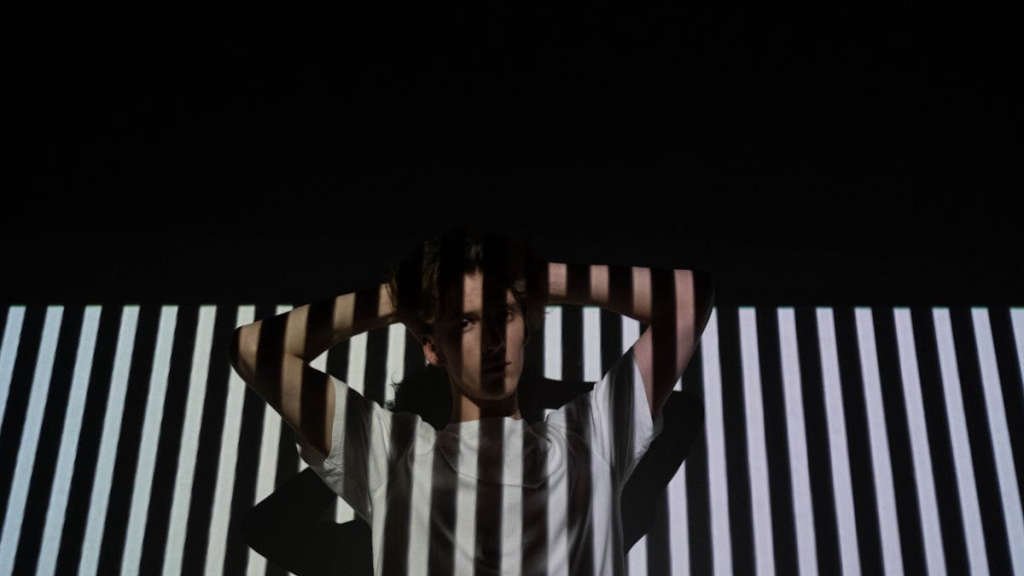
The Impact of Psychedelic Art on Popular Culture
Psychedelic art, with its vibrant colors, intricate patterns, and mind-bending imagery, has had a profound impact on popular culture. From the trippy album covers of the 1960s to modern-day street art, the influence of psychedelic art can be seen in various forms of media and design.
The mesmerizing effect
One of the key aspects of psychedelic art is its ability to mesmerize and captivate audiences. The use of bold colors and hallucinatory patterns creates a sensory overload that is both visually stunning and emotionally intense. This visual bombardment can transport viewers to altered states of consciousness, evoking feelings of wonder, awe, and sometimes even discomfort.
A lasting legacy
Psychedelic art has left a lasting legacy on popular culture, influencing not only art and design but also music, fashion, and film. The psychedelic aesthetic continues to be embraced by contemporary artists and designers, who draw inspiration from the surreal and otherworldly qualities of this artistic movement.
The power of psychedelia
In conclusion, the impact of psychedelic art on popular culture cannot be understated. Its revolutionary spirit and boundary-pushing creativity have paved the way for new forms of artistic expression and have shaped the visual landscape of our society. Psychedelic art remains a powerful force in the world of art and design, continuing to inspire and enchant audiences around the globe.
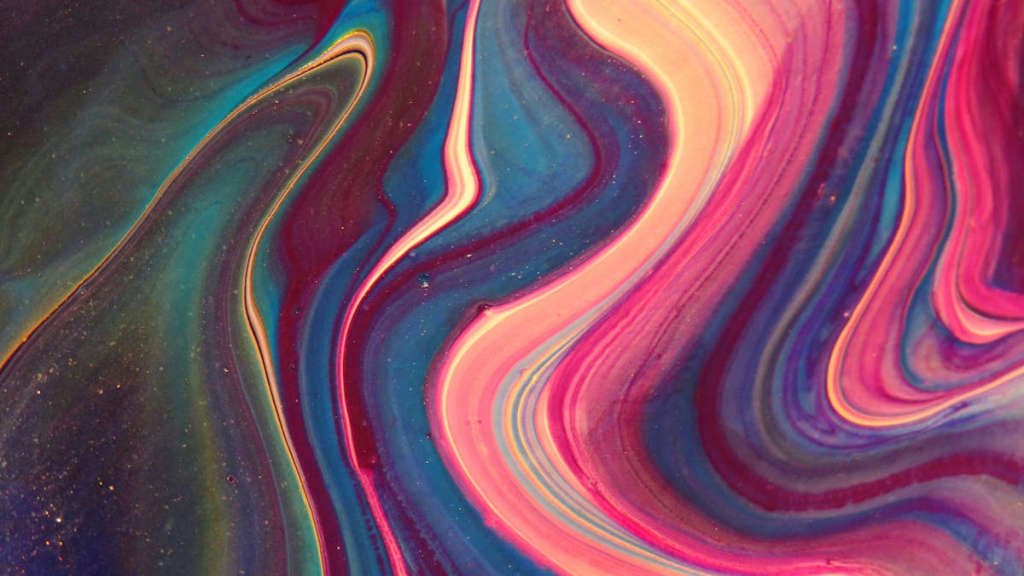
Exploring the Connection Between Psychedelic Visuals and Human Perception
In this article, we will delve into the fascinating relationship between psychedelic visuals and human perception. Psychedelic substances have been used for centuries in various cultures for spiritual and therapeutic purposes, often resulting in vivid and surreal visual experiences. These experiences can offer valuable insights into the workings of the human mind and how perception is altered under the influence of these substances.
The Influence of Psychedelic Visuals on Perception
Research has shown that psychedelic visuals can profoundly impact how individuals perceive the world around them. These visuals often involve intricate patterns, vibrant colors, and distorted shapes, leading to a heightened sense of creativity and imagination. Neuroimaging studies have revealed that these visual effects are a result of altered brain activity, particularly in regions associated with visual processing and perception.
The Role of Human Perception in Shaping Psychedelic Visuals
On the flip side, human perception plays a crucial role in interpreting psychedelic visuals. The same visual stimulus can evoke vastly different experiences in individuals based on their cognitive and emotional states. This highlights the complex interplay between external visual stimuli and internal cognitive processes in shaping our perceptions.
Understanding the Implications of Psychedelic Visuals
By exploring the connection between psychedelic visuals and human perception, we can gain a better understanding of the profound effects of these substances on the mind. This knowledge can inform future research on psychedelic therapy and contribute to our understanding of consciousness and perception.
| Key Takeaways |
|---|
| 1. Psychedelic visuals offer insights into altered states of consciousness. |
| 2. Human perception plays a crucial role in interpreting psychedelic visuals. |
| 3. Understanding the connection can inform future research on psychedelic therapy. |
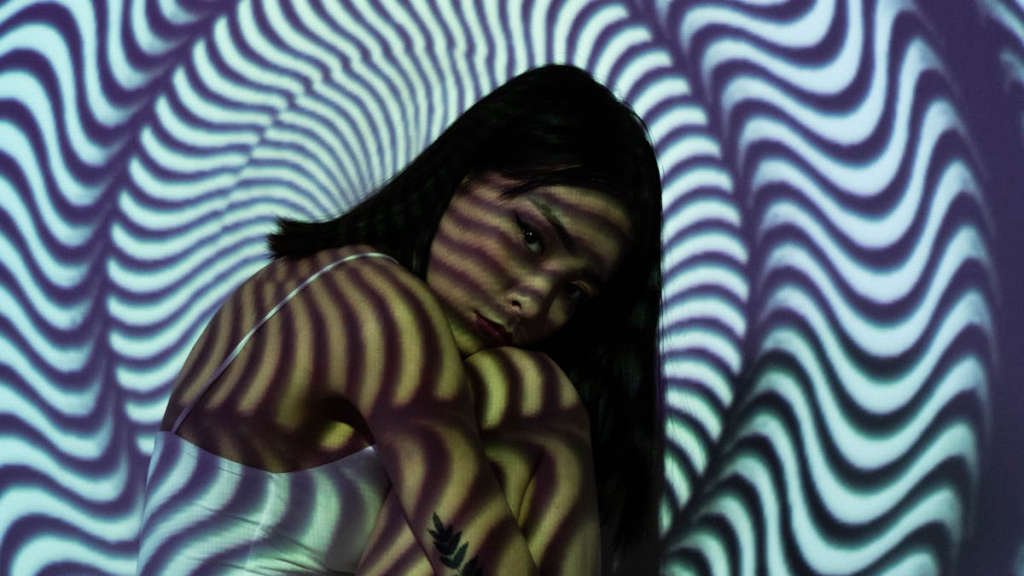
Psychedelic Patterns and Geometry: A Mathematical Perspective
Have you ever stopped to appreciate the mesmerizing beauty of psychedelic patterns? The intricate designs that seem to dance before your eyes, drawing you into a hypnotic trance. These patterns have a certain allure that is hard to resist, as if they hold some kind of secret message just waiting to be deciphered. But have you ever considered the mathematical perspective behind these mesmerizing patterns?
When we delve into the world of psychedelic patterns, we discover a fascinating relationship between mathematics and art. The intricate geometrical shapes and patterns that make up psychedelic art are not just random designs, but rather carefully calculated arrangements of shapes, colors, and patterns that follow certain mathematical principles.
The Fibonacci sequence
One of the mathematical concepts often found in psychedelic patterns is the Fibonacci sequence. This sequence, where each number is the sum of the two preceding ones (0, 1, 1, 2, 3, 5, 8, 13, …), creates a spiral pattern known as the Fibonacci spiral. This spiral can be seen in everything from seashells to galaxies, and its presence in psychedelic art adds a sense of harmony and balance to the designs.
So, the next time you find yourself lost in the beauty of a psychedelic pattern, take a moment to appreciate the intricate mathematical calculations that went into creating it. The marriage of mathematics and art in these designs is truly a sight to behold.
And remember, there is beauty to be found not just in the final product, but in the process of creation as well.
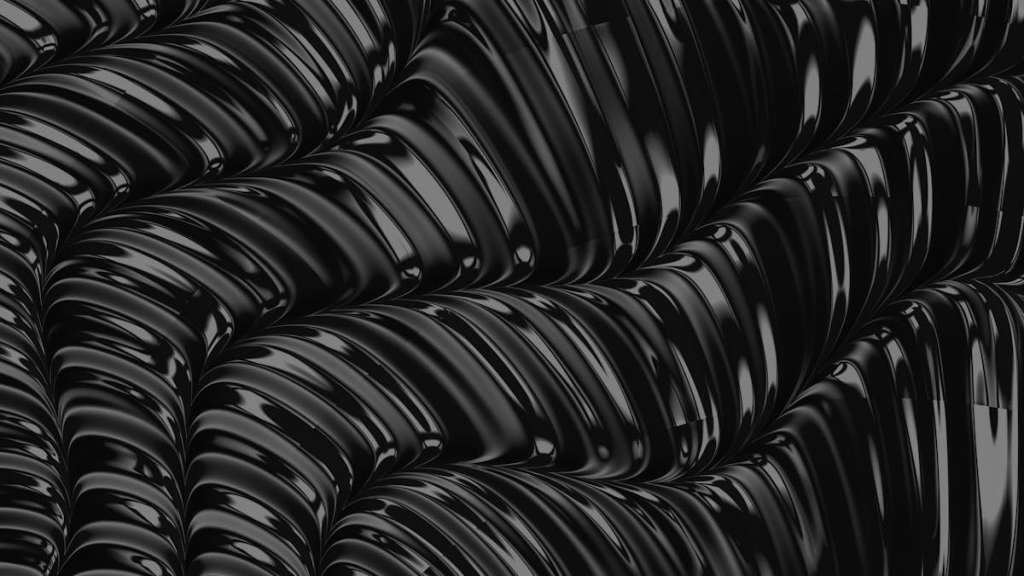
Conclusion
In conclusion, the concept of ‘undefined’ often sparks curiosity and intrigue. It opens up possibilities for exploration and creativity, allowing for unique and innovative ideas to thrive. This sense of ambiguity can be seen in various forms of art, including Psychedelic visuals and patterns, which encourage viewers to interpret and make meaning of their own. Embracing the undefined can lead to new perspectives and experiences, ultimately enriching our understanding of the world around us.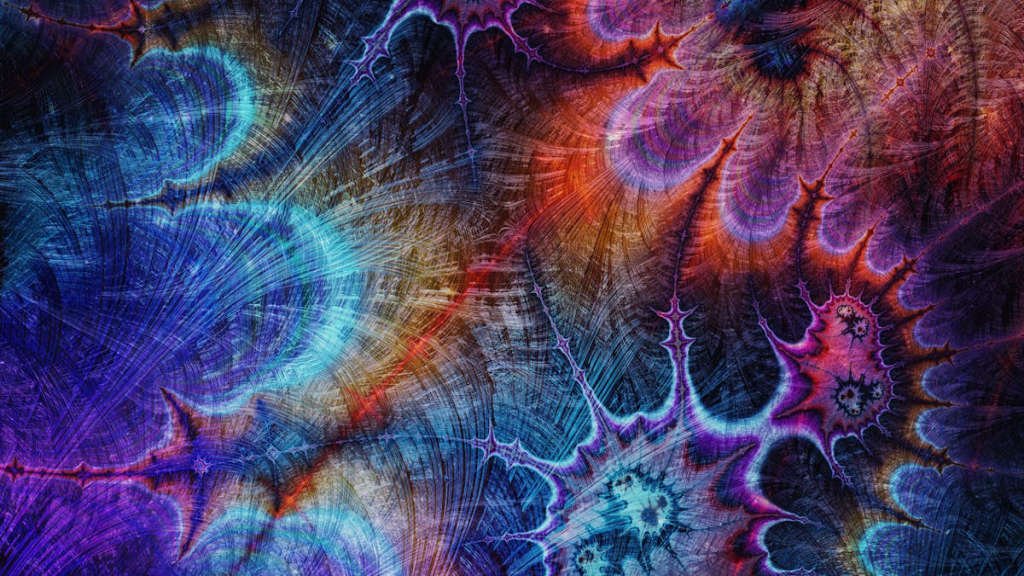
Frequently Asked Questions
What are some typical characteristics of psychedelic visuals?
Psychedelic visuals often include geometric patterns, fractals, bright colors, and morphing shapes.
How do psychedelic patterns affect the brain?
Psychedelic patterns can induce altered states of consciousness by affecting various brain regions involved in perception and cognition.
Are psychedelic visuals harmful to the eyes?
While prolonged exposure to intense psychedelic visuals may cause eye strain, they are generally not harmful to the eyes.
Can psychedelic visuals trigger hallucinations?
In some individuals, intense psychedelic visuals can lead to hallucinatory experiences, especially under the influence of psychoactive substances.
How can one create their own psychedelic visuals?
Creating psychedelic visuals often involves using digital art tools, experimenting with patterns and colors, and exploring symmetry and distortion.
